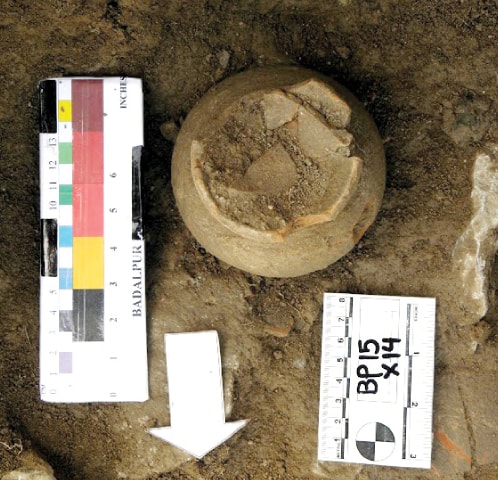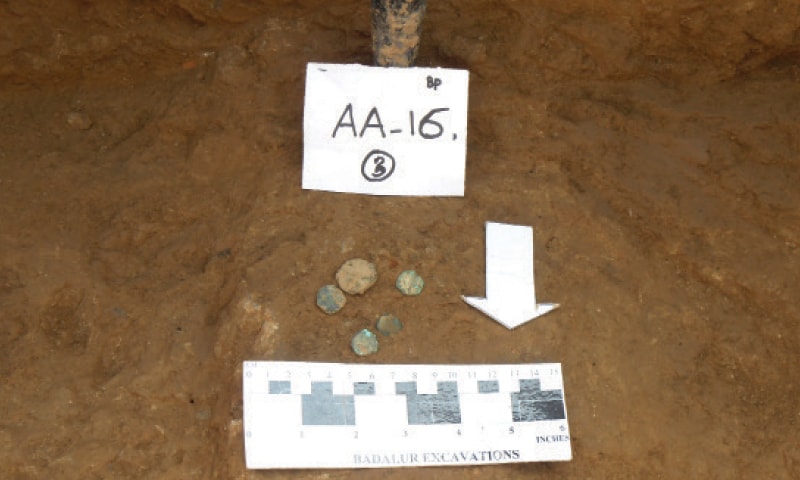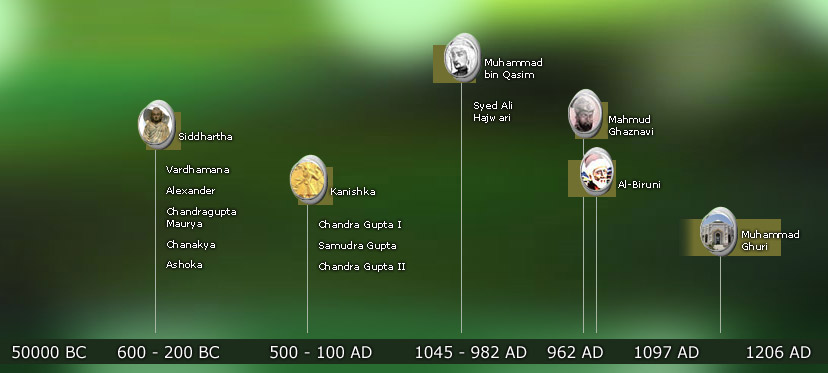ghazi52
PDF THINK TANK: ANALYST

- Joined
- Mar 21, 2007
- Messages
- 101,794
- Reaction score
- 106
- Country
- Location
Ancient Pakistan ....
. . . . . .
Whether or not the recent new pushing back ancient Chinese civilisation thousands of years is true or not http://www.newhistorian.com/chinese-...-thought/2638/, it is likely that the origins of all ancient civilisations will be pushed back in the years to come. We know very little about possible antecedent cultures, whether in Pakistan, Iraq or northern China. Even the Indus chronology itself is only slowly coming together.

....
.
Major Sites and Interaction Networks of the Indus Tradition, Harappan Phase, 2600-1900 BCE.
The Indus Valley had an extensive trading relationships with its neighbours and may have traded as far as Mesopotamia. Over the past century, several large Indus cities have been discovered in Pakistan. Harappa was excavated extensively in the 1920-30s, 1960s, and from 1986-2010. Mohenjo-Daro was excavated extensively in the 1920-30s, with smaller projects in the 1940s and 1960s. Ganweriwala was discovered in the 1970s and has not been excavated. Lakhanjo-Daro was discovered in 1986 but only recent excavations in 2009-2014 have shown that it is probably as big as Mohenjo-Daro.

.
.
Mohenjo-daro has been called the "city of wells." Mark Kenoyer writes: "On the basis of the number of wells found in the excavated areas, Michael Jansen has calculated that the city may have had over 700 wells. In contrast Harappa may have had as few as 30, since only 8 wells have been discovered in the areas excavated so far. The difference between these two cities may be that Mohenjo-daro had less winter rain and may have been situated far away from the Indus river. At Harappa a large depression in the center of the city may represent a large tank or reservoir accessible to the inhabitants from all the different neighborhoods. The site of Dholavira has only a few wells, but most water for the city was collected during the rainy season in large stone cisterns. The drains for collecting rain water were built separately from drains used to take away dirty sewage water." (Kenoyer, Ancient Cities, p. 59)

Private Well, DK-G Area. Each block of buildings at Mohenjo-Daro was supplied with one or more wells such as this one in DK-G Area. When archaeologists excavated the fill around the well they were left standing to show the final levels of use.

Well and platform, DK-G Area. This well was associated with a finely constructed bathing platform. A stairway leads up to the well and platform from a lower room. The walls and well have been covered with mud brick and sprayed with clay slurry to protect them from salt crystallization.
. . . . . .
Whether or not the recent new pushing back ancient Chinese civilisation thousands of years is true or not http://www.newhistorian.com/chinese-...-thought/2638/, it is likely that the origins of all ancient civilisations will be pushed back in the years to come. We know very little about possible antecedent cultures, whether in Pakistan, Iraq or northern China. Even the Indus chronology itself is only slowly coming together.

....
.
Major Sites and Interaction Networks of the Indus Tradition, Harappan Phase, 2600-1900 BCE.
The Indus Valley had an extensive trading relationships with its neighbours and may have traded as far as Mesopotamia. Over the past century, several large Indus cities have been discovered in Pakistan. Harappa was excavated extensively in the 1920-30s, 1960s, and from 1986-2010. Mohenjo-Daro was excavated extensively in the 1920-30s, with smaller projects in the 1940s and 1960s. Ganweriwala was discovered in the 1970s and has not been excavated. Lakhanjo-Daro was discovered in 1986 but only recent excavations in 2009-2014 have shown that it is probably as big as Mohenjo-Daro.

.
.
Mohenjo-daro has been called the "city of wells." Mark Kenoyer writes: "On the basis of the number of wells found in the excavated areas, Michael Jansen has calculated that the city may have had over 700 wells. In contrast Harappa may have had as few as 30, since only 8 wells have been discovered in the areas excavated so far. The difference between these two cities may be that Mohenjo-daro had less winter rain and may have been situated far away from the Indus river. At Harappa a large depression in the center of the city may represent a large tank or reservoir accessible to the inhabitants from all the different neighborhoods. The site of Dholavira has only a few wells, but most water for the city was collected during the rainy season in large stone cisterns. The drains for collecting rain water were built separately from drains used to take away dirty sewage water." (Kenoyer, Ancient Cities, p. 59)

Private Well, DK-G Area. Each block of buildings at Mohenjo-Daro was supplied with one or more wells such as this one in DK-G Area. When archaeologists excavated the fill around the well they were left standing to show the final levels of use.

Well and platform, DK-G Area. This well was associated with a finely constructed bathing platform. A stairway leads up to the well and platform from a lower room. The walls and well have been covered with mud brick and sprayed with clay slurry to protect them from salt crystallization.






















